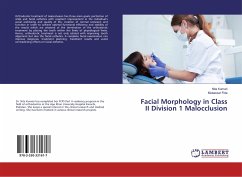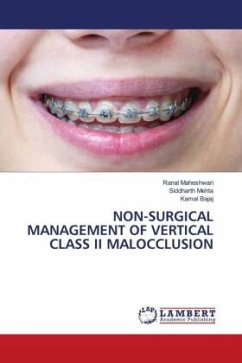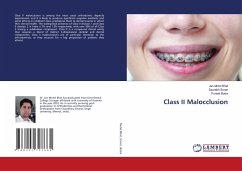A Class II malocclusion may be accompanied by an anteroposterior skeletal discrepancy between the maxilla and mandible, often with mandibular retrusion, however the maxilla may also be protrusive. These relationships are superimposed on an equally broad variation in the vertical facial pattern that ranges between increased, normal or decreased total and lower anterior facial heights. Correction of the anteroposterior and vertical dental and skeletal discrepancies is advocated for most patients in the late mixed dentition or early adolescence. This could simplify the overall treatment by taking advantage of the patient's growth potential and cooperation in wearing extraoral appliances. Treatment is designed to redirect the growth of the maxilla and to allow the mandible to express its maximum potential. Diagnosing and treating a skeletal problem at an early age is always beneficial and in the past it was the sole way of correcting these types of deformities. But now with the advent of newer techniques and technology surgical orthodontics has a major role in treating and giving a better life to people with these types of deformities.
Bitte wählen Sie Ihr Anliegen aus.
Rechnungen
Retourenschein anfordern
Bestellstatus
Storno








